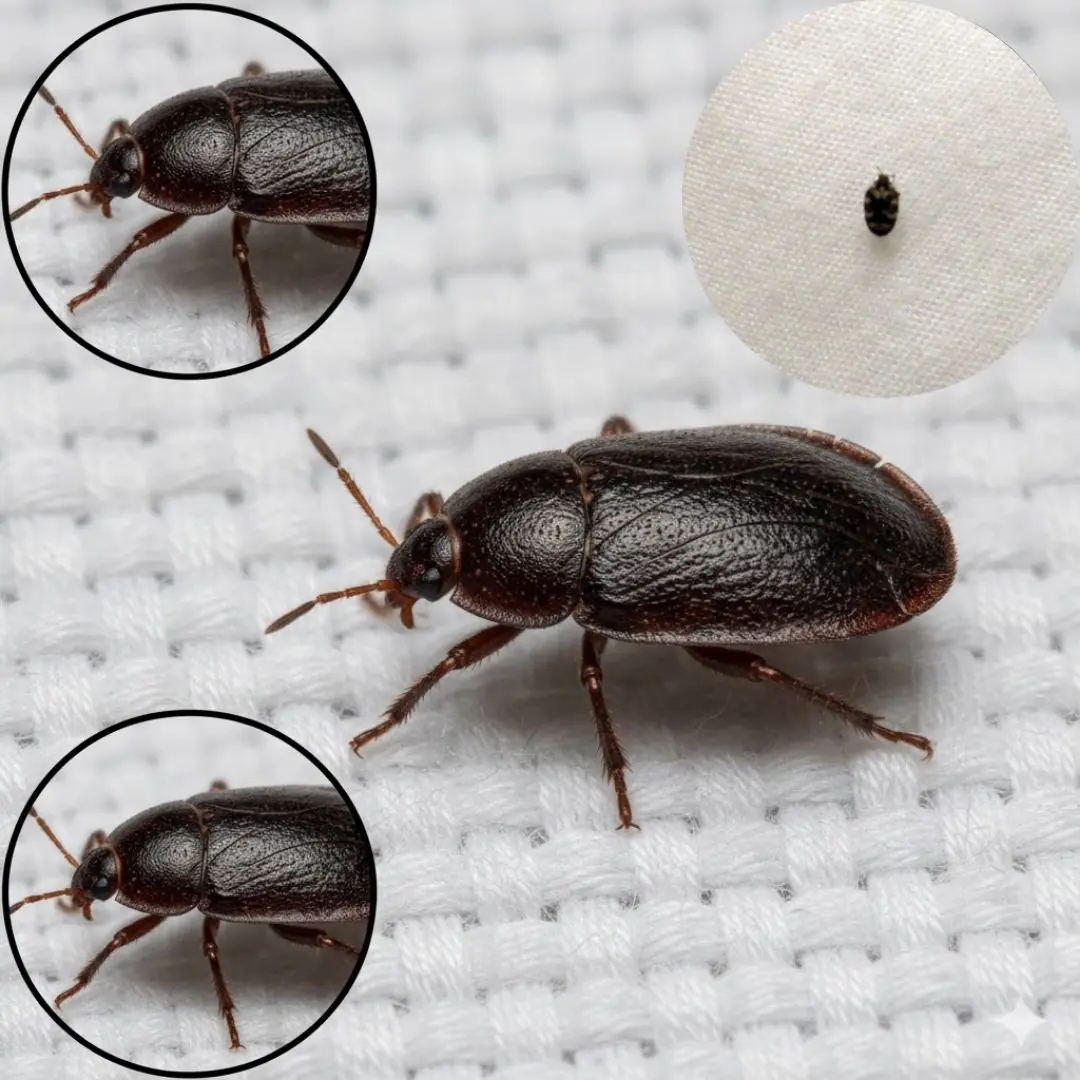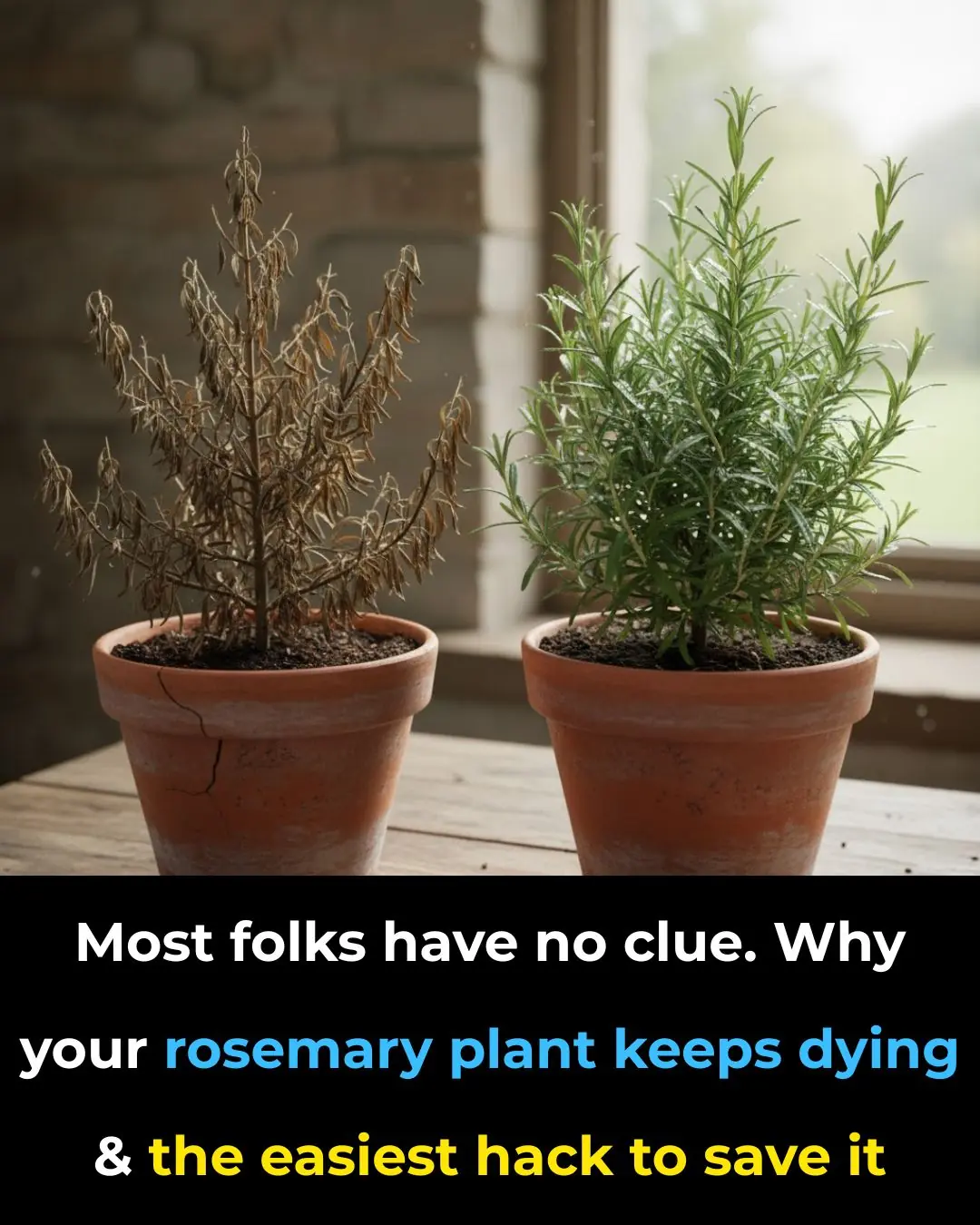
“Now this method is so clever! Wish I thought of it!”
Garden pests are a perennial headache, but few are as stealthy and destructive as the humble slug. These slimy, nocturnal critters can sneak into your garden beds or containers, chew through leaves and seedlings, and leave behind ragged holes and slime trails. If you’ve ever woken up to torn hosta leaves or half-eaten lettuce, you know the frustration of slug damage. Beyond the cosmetic assault, slugs can also open the door to disease by creating wounds and leaving slime that harbours fungal spores or bacteria.
The Challenge of Slugs in the Garden
Slugs favour damp, shaded, humid zones—scores of homeowners inadvertently create perfect slug habitats by allowing mulch or leaf litter to stay wet, overwatering, or growing in shaded corners with little air flow. Because slugs feed primarily on young, tender growth (seedlings, leafy greens, hostas, cabbages) the damage can escalate quickly, even when you’re focusing on other parts of the garden. Over time, unchecked slug populations can slow plant growth, compromise yields (in vegetable gardens), and frustrate even the most diligent gardener.
Traditional Slug Control Options
Gardeners have used a range of methods to control slugs—from manually picking them at night (flashlight in hand), to beer traps, copper tape barriers, crushed eggshells or grit, and commercial slug pellets. Chemical pellets may be effective, but they carry risk to pets, wildlife and beneficial insects. Beer traps are a classic non-toxic tool, but many people set them up half-heartedly and don’t get great results. Barriers require ongoing maintenance, and hand-picking is labour-intensive.
Introducing the Effortless Trick
My dad discovered a remarkably simple yet effective trick that requires almost no ongoing effort and uses a household item many gardeners already have. The concept: set a shallow dish of beer at ground level in a slug-prone zone overnight, and let the slugs crawl in, get trapped, and reduce the population for you.
Why it works
Slugs are attracted to fermenting liquids like beer. The yeast and fermentation smell mimic decaying organic matter (a food source for slugs). When you provide a shallow dish level with the soil surface, slugs crawl in and cannot easily escape. In the morning you’ll find them drowned or stuck. Because it’s non-toxic and uses a common household product, it’s safe for many gardens—even those with pets, children or wildlife.
Step-by-Step: How to Set It Up
-
Choose a spot in your garden where you suspect slug activity (near leafy greens, hostas, sheltered shady corners).
-
Use a shallow dish or container—something with low walls so slugs can easily climb in.
-
Pour beer into the dish so it’s about half full (or deep enough for slugs to fall in). If you prefer not to waste good beer, cheap lager works fine.
-
Place the dish at soil level (so the rim is flush with the ground or slightly buried). Slugs crawl naturally over level surfaces so this makes access easy.
-
Leave the dish overnight (especially after rain or when the soil is moist). In the morning, dispose of any slugs caught and refresh the beer.
-
Repeat periodically during slug-prone seasons (spring and fall are often peak times). Combine with other preventive measures (see below).
Why It’s Better Than Many Alternatives
-
Low effort: Just set the dish and forget overnight. No complex barrier systems or daily checks required.
-
Non-toxic: Safe for pets and many wildlife (though still check that other creatures aren’t falling in).
-
Cost-effective: Uses cheap beer instead of commercial pellets.
-
Complementary: Works well alongside other methods (barriers, habitat reduction) rather than requiring them exclusively.
Environmental & Safety Considerations
While this is a safe method, a few tips:
-
Ensure the dish is placed away from heavy foot-traffic or where pets may drink from it (beer is not ideal for animals).
-
Refresh the beer regularly so it doesn’t become stagnant and attract other pests.
-
Dispose of captured slugs responsibly (some gardeners tip them into a bucket of soapy water).
-
This method reduces slug numbers, but doesn’t guarantee zero slugs—consider combining with habitat reduction (removing damp mulch, reducing ground cover, increasing air circulation) and other barriers.
Frequently Asked Questions
Q: What kind of beer works best?
Most standard beers work. Some gardeners say darker beers with stronger aroma attract more slugs; others find cheap lager sufficient. The key is the fermentation smell, not the brand.
Q: Do I have to use beer every night?
No—use it when slug damage is high (moist times, after rain, spring/fall). Regular checks and alternative prevention will also help.
Q: Will this attract other creatures (frogs, insects)?
Potentially yes—so monitor, and ensure it's in a spot where unintended creatures won’t be harmed. Using shallow wide dishes reduces risk of larger animals falling in.
Q: What other preventative measures should I combine?
-
Remove or thin out dense ground cover/mulch that stays damp overnight
-
Use copper tape under pot rims or around raised beds
-
Crusher eggshells or grit around seedlings as physical deterrent
-
Hand-check and remove slugs early in the evening when you’re out watering.
Final Thoughts
Slugs may be persistent pests, but they don’t need to win. My dad’s beer-trap trick is deceptively simple, low-effort and safe—and it delivers real results for gardeners who are tired of battling holes in leaves and shredded seedlings. Use it smartly, refresh your trap, and combine with prevention and you’ll cut down slug damage significantly. It’s clever, it’s cheap, and yes—I —wish I had thought of it sooner!
News in the same category

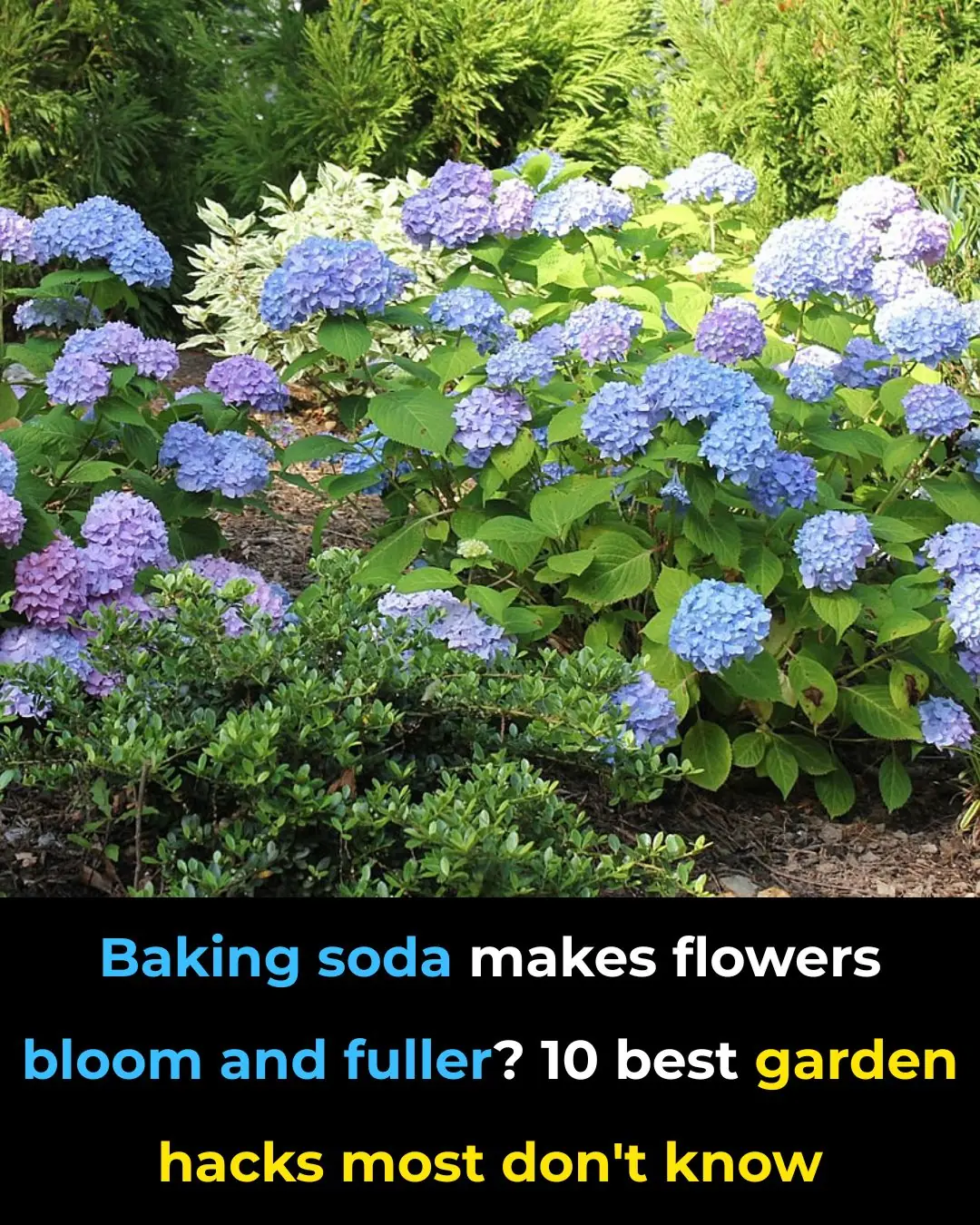
Baking Soda Makes Flowers Bloom and Fuller? 10 Best Garden Hacks Most Don’t Know

Quentin Tarantino’s foot fetish rumors are here again — thanks to Uma Thurman’s daughter

Singer Jelly Roll claims he was ‘treated like a criminal’ in Sydney Louis Vuitton store

Meghan Markle makes shocking return to acting 8 years after quitting Hollywood: report

Louise Redknapp's health battles including 'worst condition doctors had seen'

Selling Sunset’s Chelsea Lazkani tears up after brutal Mary snub

This New Jersey Woman Plants Nursery Inside An Abandoned Police Kiosk

Jennifer Aniston Finally Addresses Rumor She Had Affair With Barack Obama

Do You Think Like an FBI Agent
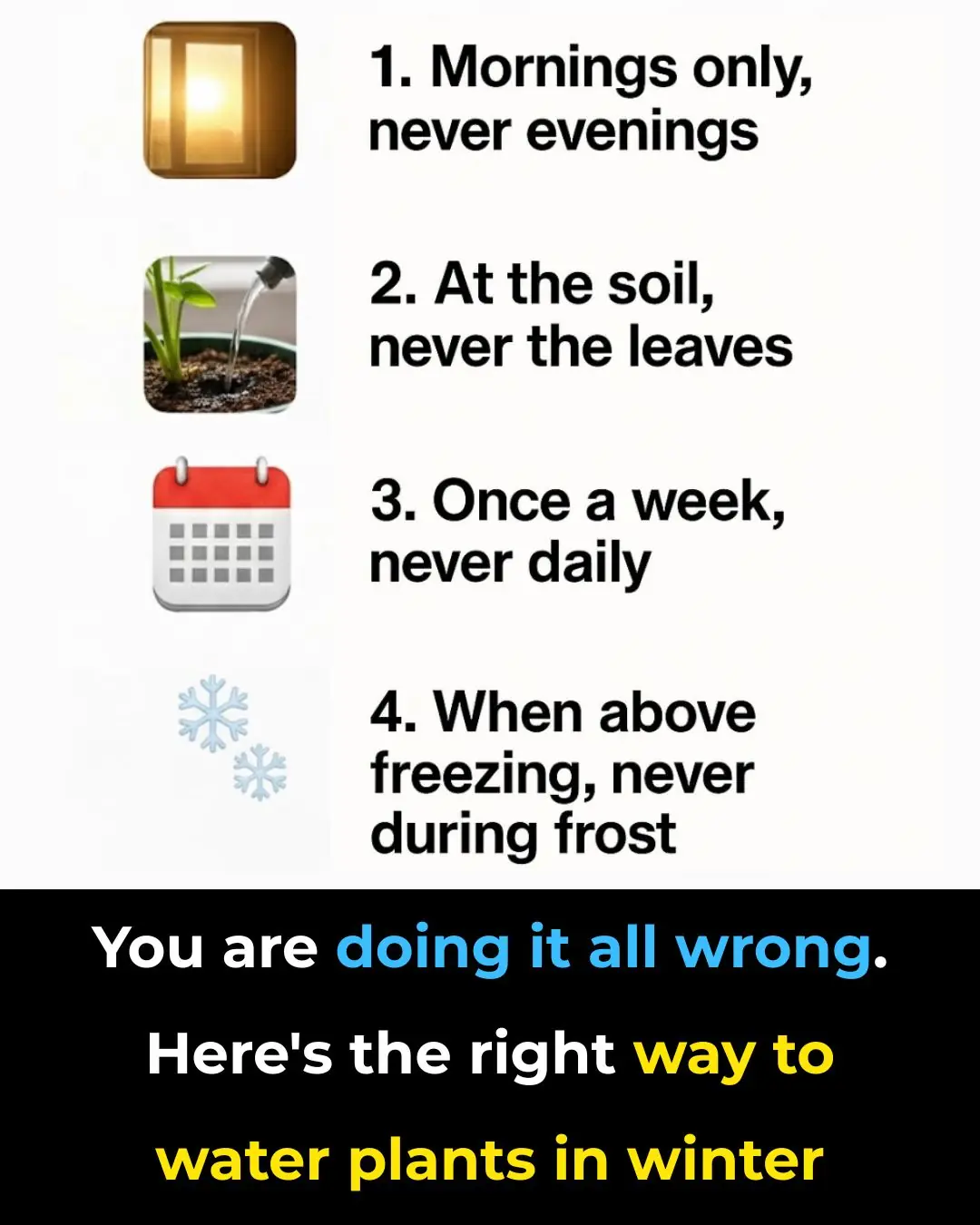
You Are Doing It All Wrong. Here’s the Right Way to Water Plants in Winter
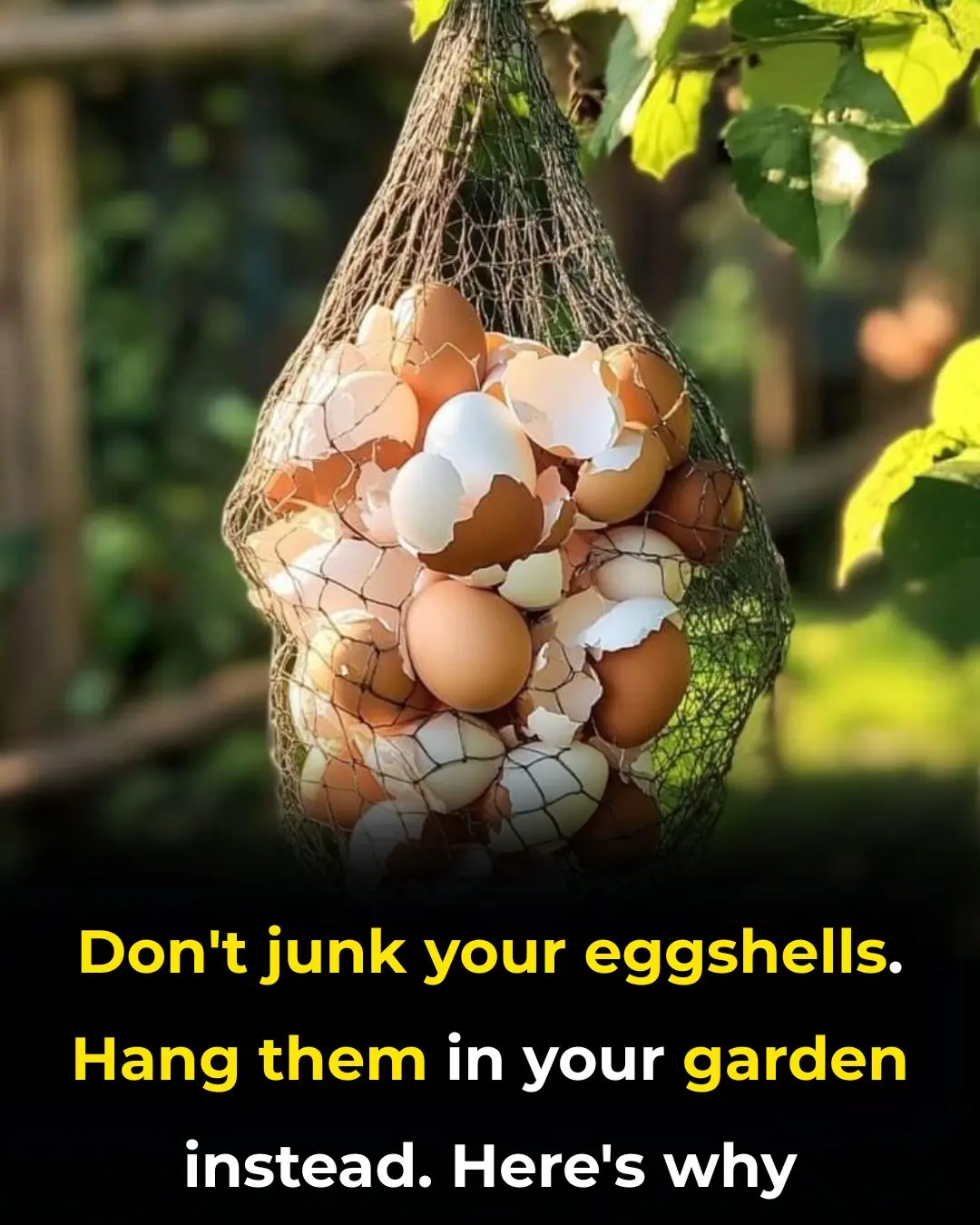
Don’t Junk Your Eggshells. Hang Them in Your Garden Instead. Here’s Why
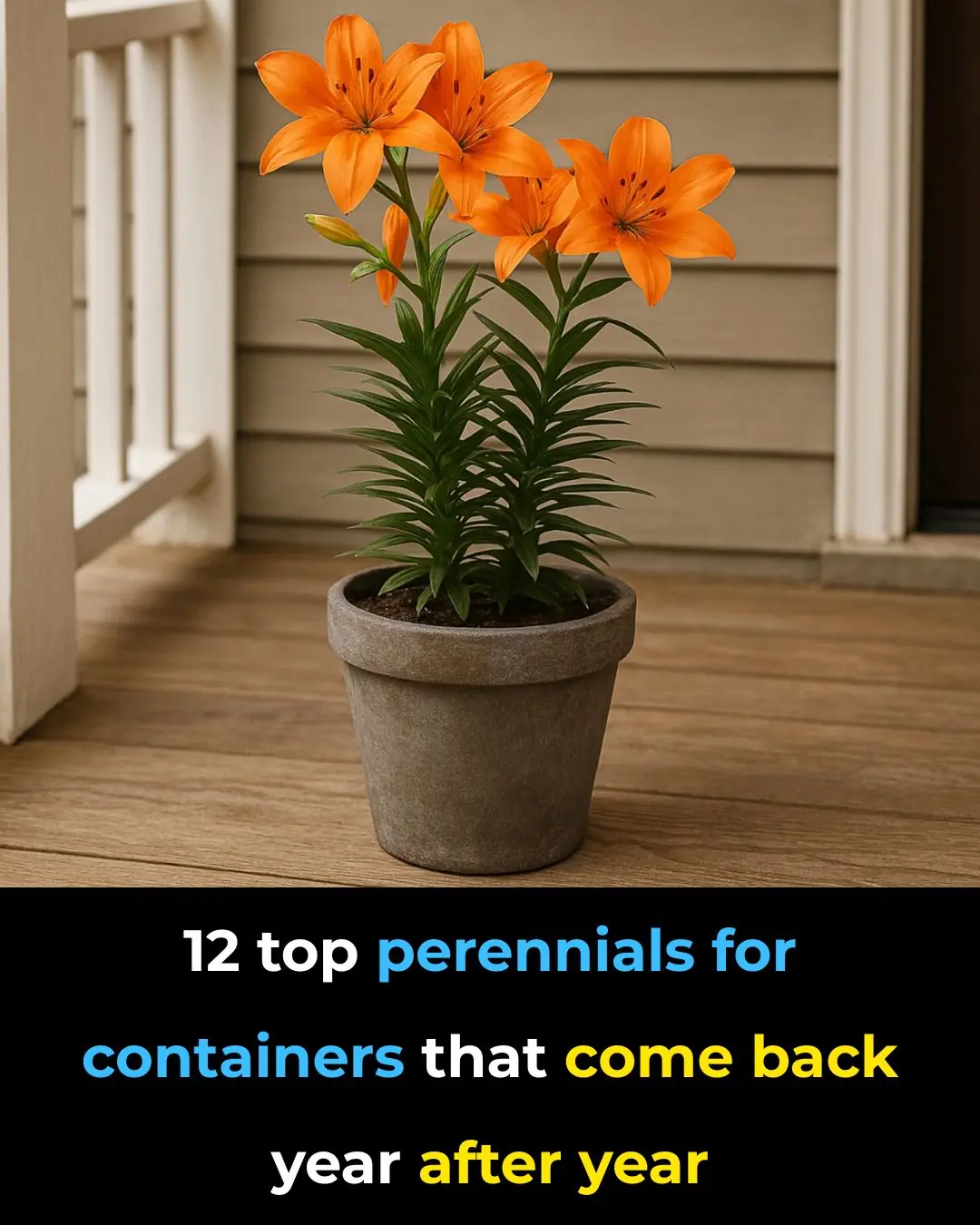
12 Top Perennials for Containers That Return Year After Year

You Are Doing It All Wrong. Here’s the Right Way to Prune Plants Before Frost

My nana taught me this hack to make orchids rebloom fast in 5 minutes with 0 work — here’s how it really works

Angela Witherspoon Is Downsizing. See What She’s Asking for John Witherspoon’s L.A. Estate

Kevin Hart Calls His Friend Investments ‘An Endless Pit of Bankruptcy.’ And He’s Not Joking

Meet The First Black Woman To Earn a Ph.D. in Neuroscience from the University of Rochester

Strictly Come Dancing fans desperate to know if Vito Coppola is married as he and Ellie Goldstein leave show
News Post

Can you eat moldy food? Here’s what you MUST throw out.

Cancer hates these 6 fruits—eat them to fight back!

New Food Stamp Rules Start in November...

Why Your Rosemary Keeps Dying — And The Easiest Hack To Save It

What My Daughter Nearly Touched Was Incredibly Dangerous

Better Than Medicine? The Shocking Truth About Dates & Blood Sugar!

Baking Soda Makes Flowers Bloom and Fuller? 10 Best Garden Hacks Most Don’t Know

4 Reasons Why Cardiac Arrests Happen in The Bathroom

Quentin Tarantino’s foot fetish rumors are here again — thanks to Uma Thurman’s daughter

Singer Jelly Roll claims he was ‘treated like a criminal’ in Sydney Louis Vuitton store

Meghan Markle makes shocking return to acting 8 years after quitting Hollywood: report

4 Unusual Eye Symptoms That May Signal Cancer — Often Overlooked by Many
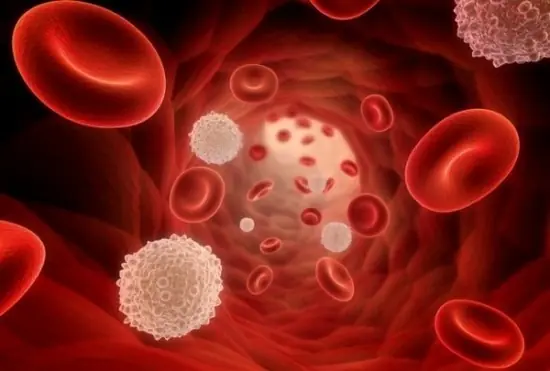
5 Things You Should Never Do in the Morning If You Want to Stay Healthy and Prevent Cancer

From Coma to Kisses: The Miracle Recovery of Bo Bostick

How You Make A Fist Shape Reveals a Lot

Louise Redknapp's health battles including 'worst condition doctors had seen'

Restaurant Owner Di.es at 42 from Liver Failure: Doctor Says It Was Caused by Ignoring One Thing for Years

A Reunion That Shook the Forest.
